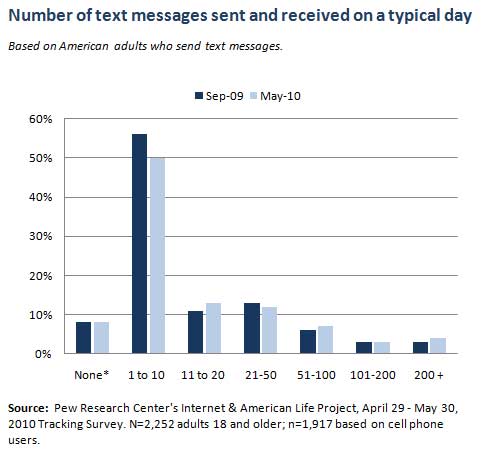New York Rep. Joe Morelle has introduced right to repair legislation, in a bid that could have a major impact on device manufacturers.
As phones, tablets and computers have become more complicated, the ability for the average consumer to repair them has become equally difficult. Even something as basic as changing a cellphone battery is nearly impossible for the average person.
On the heels of the New York Senate passing its own right to repair legislation, New York Rep. Joe Morelle has now introduced right to repair legislation in the US House of Representatives.
“For too long, large corporations have hindered the progress of small business owners and everyday Americans by preventing them from the right to repair their own equipment,” said Congressman Joe Morelle. “It’s long past time to level the playing field, which is why I’m so proud to introduce the Fair Repair Act and put the power back in the hands of consumers. This common-sense legislation will help make technology repairs more accessible and affordable for items from cell phones to laptops to farm equipment, finally giving individuals the autonomy they deserve.”
The Fair Repair Act will require manufactures to make tools, parts and information available to customers, as well as third-party repairers, making it easier for them to repair their own devices.
Given the anti-Big Tech sentiment that seems to be growing in both political parties, there’s a good chance the Fair Repair Act could soon become law.







